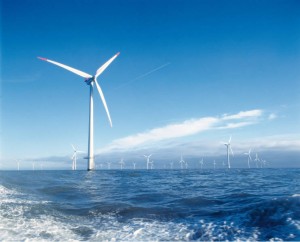
This is an important aspect of energy generation since around 40% of the world’s population already lives in water-stressed areas; with a growing population estimated to reach nine billion by 2050, pressure on water reserves will only get more intense. In fact, global water demand is expected to outstrip supply by 40% by 2030 under a business-as-usual scenario.
According to research carried out by Vestas Wind Systems, wind power generation actually conserves water and can help alleviate water shortages, a sharp contrast with conventional fossil fuel and nuclear power plants, which make up 78% of global electricity production. These use water for cooling and condensing the steam that drives the turbines. Wind power generation requires practically no water.
The U.S. Department of Energy estimates that 20% of wind power in the U.S. power system by 2030 would save as much as four trillion gallons (15 trillion liters) of water, or the equivalent to the annual consumption of more than nine million U.S. citizens.
Fortunately, some of the water-challenged regions of the world are suitable for wind power generation, which could provide them with an ideal alternative to their energy demands, one that is carbon-free and simultaneously reduces water consumption.
Presentation by Vestas’ Rina Bohle Zeller explaining the wind/water/drought connection:






1 Comment